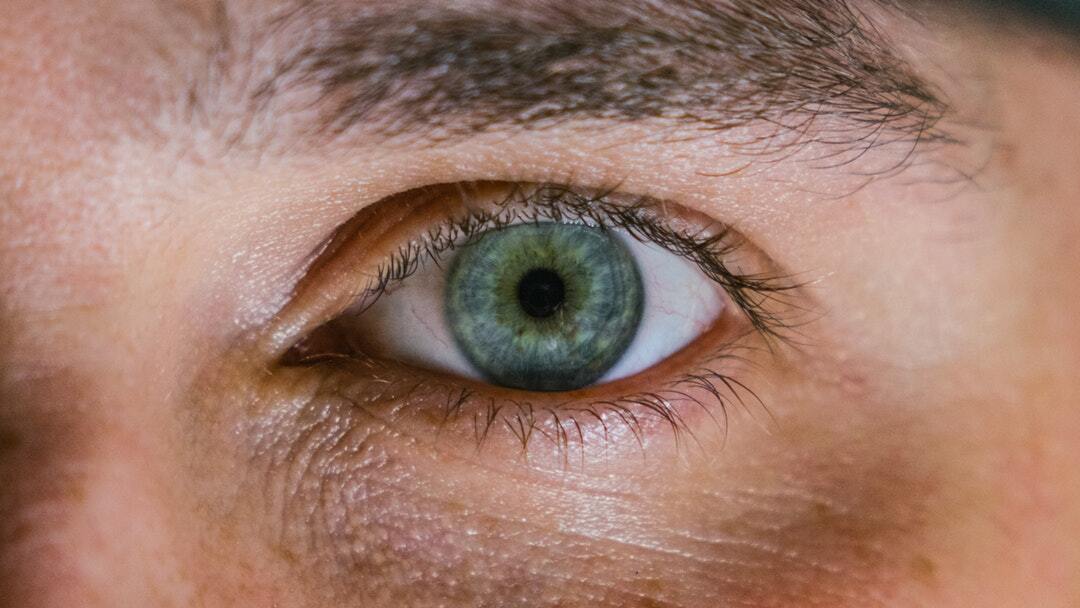
More than 166 million adults wear prescription glasses. Some wear them for reading, while others need them to improve their distance vision.
Bad eyesight is the most common eye problem, but people also experience many other common eye issues. As you age, you’re more likely to develop eye problems than when you’re young.
So what are the most common problems people experience with their eyes?
If you’re interested in learning, keep reading as we explain the most common eye problems people experience as they age.
Dry Eyes
Dry eye is a condition affecting many people. People who experience this complain that their eyes often feel dry. As a result, many people turn to eye drops to lubricate their eyes, as this provides relief.
This condition generally occurs when the tear ducts don’t produce enough tears. The tear ducts produce tears to lubricate the eyes, and the eyes rely on this fluid.
So when your eyes don’t produce enough tears, they become inflamed. Not only does this leave your eyes feeling dry, but it can also be painful. You might also experience trouble reading or using a computer.
An eye doctor might treat this with eye drops or medication, depending on a person’s health condition and current medication list.
Presbyopia
Presbyopia is a big word, but it has a simple meaning. It describes the natural vision loss people experience after the age of 40.
When a person hits the age of 40, they might begin experiencing blurry vision when reading. Presbyopia doesn’t affect a person’s distance vision. It only affects close-up vision.
There is nothing you can do to prevent presbyopia from occurring. It’s a natural result of the aging process. However, you can have an eye doctor check your eyes to ensure that this is the cause of your blurred vision.
The primary way eye doctors treat this condition is with reading glasses. You can use store-bought magnifying glasses or purchase prescription glasses.
Cataracts
Another eye condition people experience from aging is cataracts. Cataracts affect the lenses in the eyes. When you develop cataracts, a cloudy substance covers the lenses.
This cloudy substance is tissue, and it restricts a person’s vision. Cataracts develop slowly, so you might not recognize your vision loss right away. However, over time, you might realize that you can’t see as well as you once did.
Most people don’t experience cataracts until they reach the age of 50. At that point, they might experience difficulty seeing and turn to an eye doctor for help.
After an eye doctor diagnoses the problem as cataracts, they recommend cataract surgery. This procedure is a routine surgery that focuses on removing the cloudy substance from the lenses.
Glaucoma
Some eye conditions are more serious than others, and glaucoma fits this category. Glaucoma is a severe eye disease that can lead to blindness. In fact, glaucoma is the leading cause of blindness in older people.
Your eyes contain fluid, but too much fluid buildup is not healthy for the eyes. When the eyes have too much fluid, the fluid damages the nerves.
Additionally, eye doctors test eye pressure during routine exams, as high eye pressure also leads to this disease.
If you have glaucoma, your eye doctor might suggest surgery or another treatment option. The treatment plan suggested depends on the severity of the disease.
Macular Degeneration
Macular degeneration is another serious eye disease. While it doesn’t typically lead to blindness, it can lead to vision loss. This disease occurs when the macula wears out, which typically occurs from age.
There is no cure for macular degeneration. However, an eye doctor can slow down the adverse effects it causes. They might do this with medication or an eye procedure, depending on the stage of the disease.
Keratoconus
The cornea is a vital part of the eye. However, you can develop keratoconus when the cornea thins or bulges. In fact, any changes to the cornea can lead to this eye disease.
You will have trouble seeing if you have this eye condition. You might see streaks or glares and have difficulties driving at night.
Eye doctors treat this condition in several ways. In some cases, they recommend special contact lenses. In other situations, they might recommend eye drops or even surgery.
Diabetic Retinopathy
People living with diabetes have the risk of developing diabetic retinopathy. The primary cause of this common eye problem is high blood sugar.
When diabetic individuals fail to manage their blood sugar levels properly, they might experience frequent high blood sugar levels. High sugar levels damage the blood vessels that run to the retina.
You can experience numerous symptoms with diabetic retinopathy. For example, you might have trouble driving at night. Additionally, you might experience blurred or impaired vision.
Floaters
One additional common eye issue is floaters. Unfortunately, 30% of people develop this issue, but they’re more common among older people.
Floaters cause you to see spots or specks when you look at anything. You might blink your eyes to move them around, but this isn’t a permanent solution.
Floaters occur from protein trapped in the eyes. They’re annoying and frustrating and can impair vision. If you develop these spots, you should visit an eye doctor.
While many people with healthy eyes experience floaters, they can sometimes indicate a more severe eye problem. An eye doctor can determine the cause of this issue and recommend treatment options.
Seek Help for These Common Eye Issues
Visiting an eye doctor each year is a great way to have healthy eyes. It’s also an excellent way to treat the common eye issues that many people experience.
You should visit an eye doctor if you need a checkup or help with an eye problem. Contact us at Texan Eye to learn more about our services.
